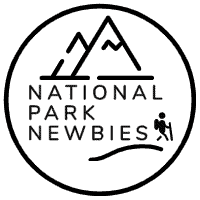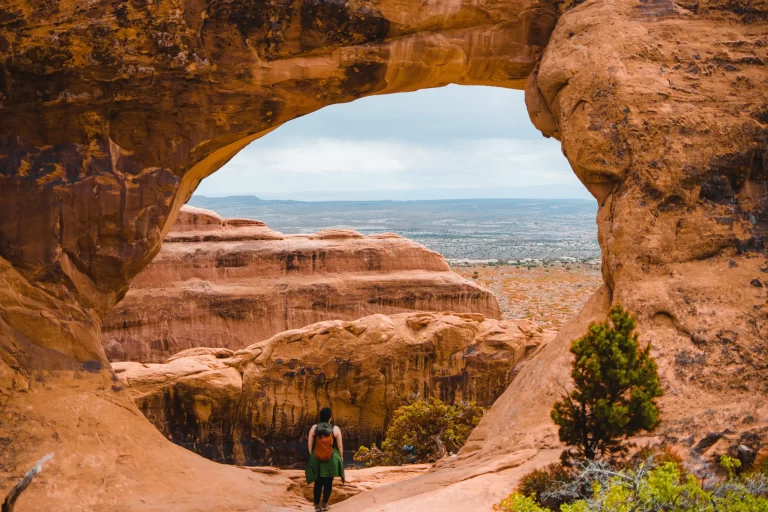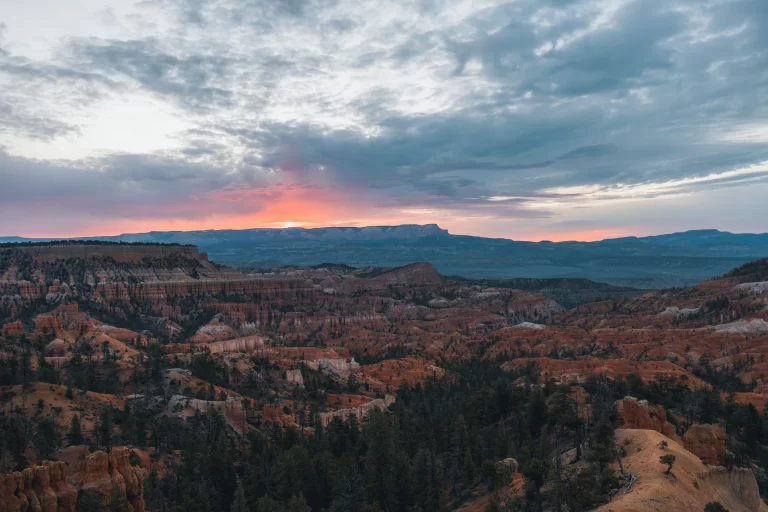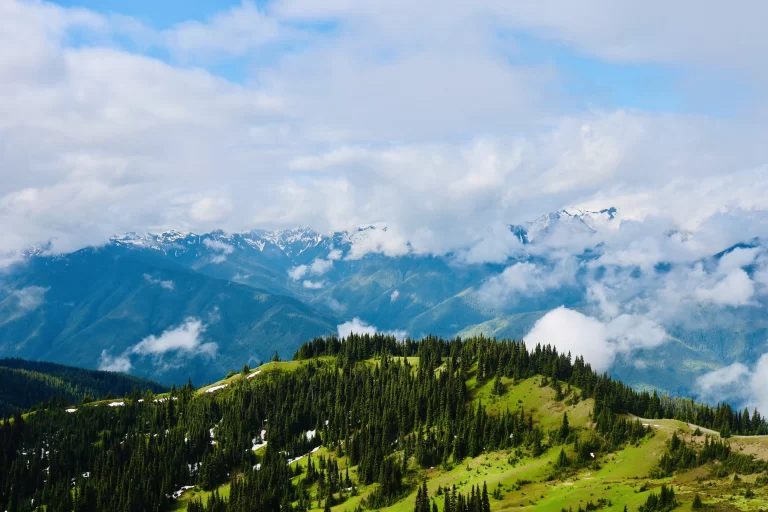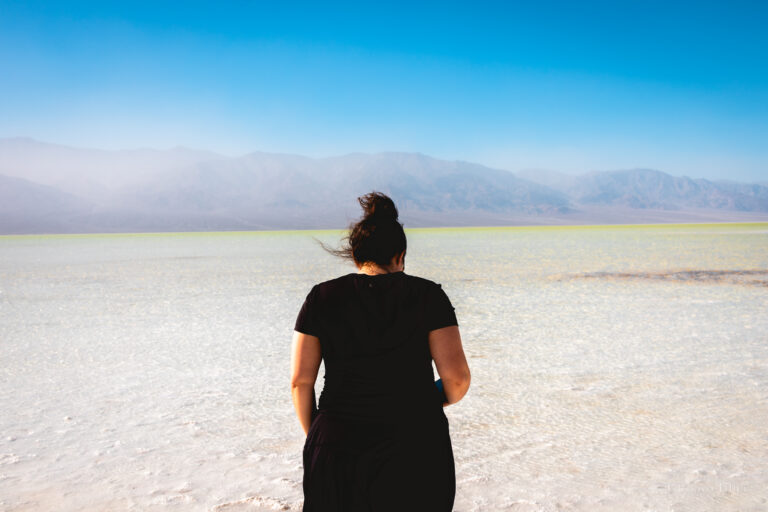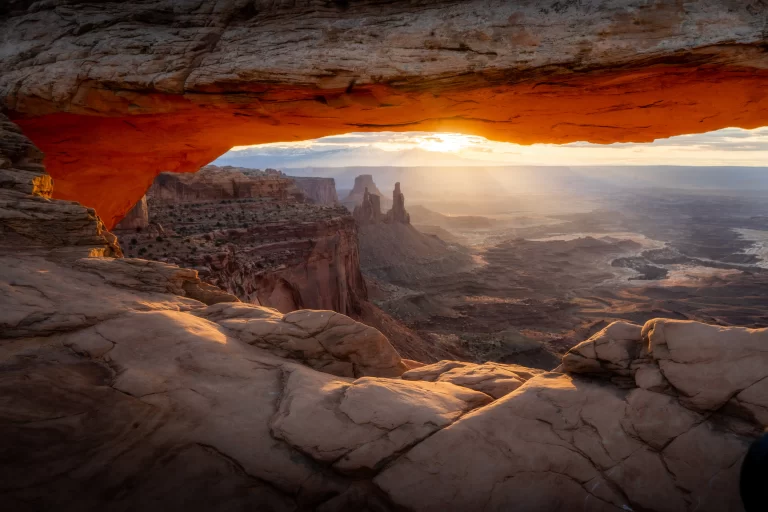How to Plan Your First National Parks Trip (10 tips!)
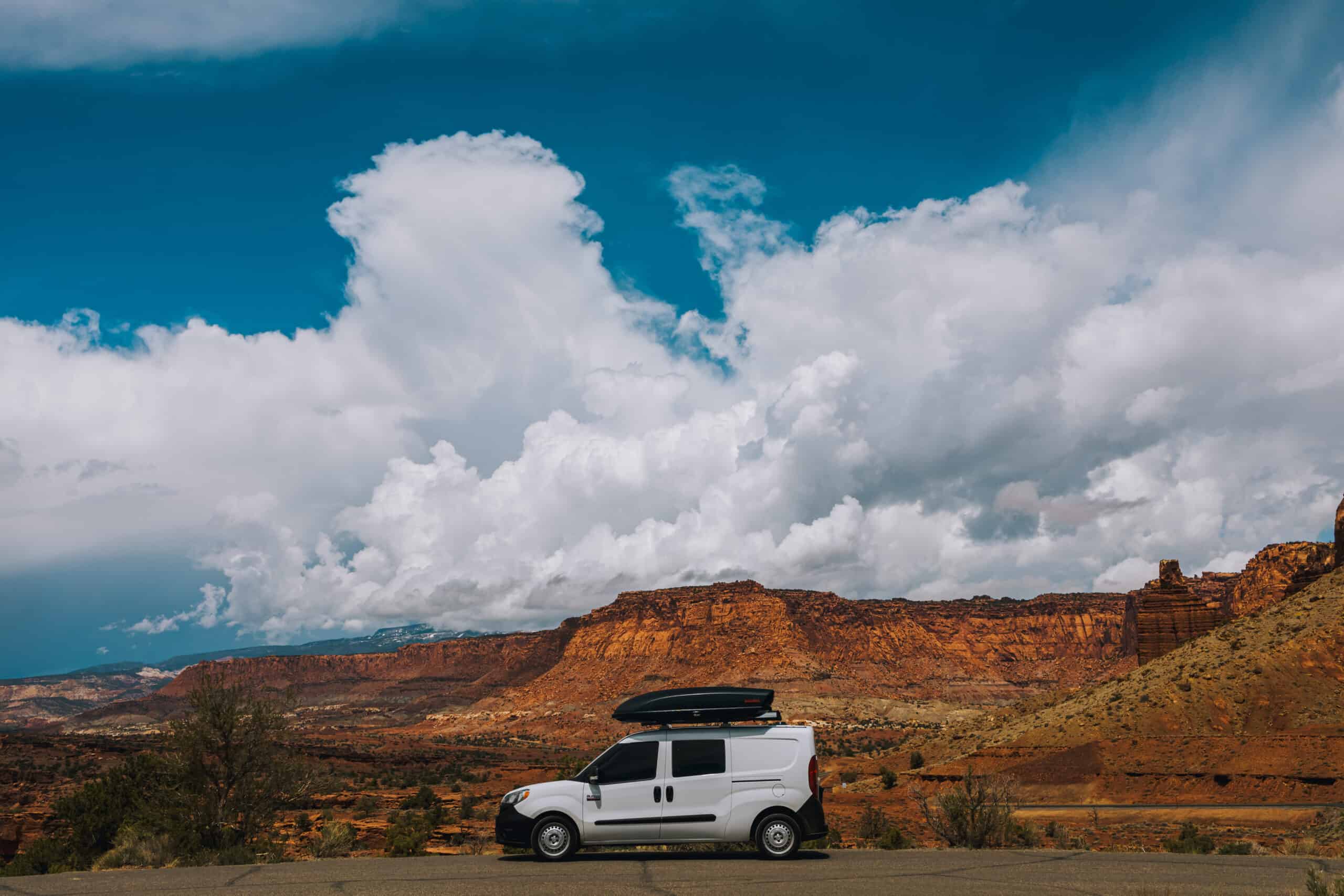
It’s time to prepare for your first National Parks trip – congratulations! National Parks are some of the most majestic places you will ever visit on Earth.
But you may be worried that you haven’t thought of everything. Or – if you’re anything like us – there are SO many things you’ve seen online that you don’t know where to start.
Don’t fret! We’ve put together a comprehensive list to get you ready for your first trip. Here are 10 ways to prepare for your first National Parks trip.
1. Pick 1-3 Must-Do Activities
There are endless things you can do at National Parks. From guided tours to overnight hikes, the opportunities are endless. We suggest deciding on 1-3 activities that you must do during your trip. Will you enjoy a 5-hour hike? Or would you rather hang out by the visitor’s center? Decide what activities you want to do and what sights you want to see. This will help you make the most of your time in the park and ensure you don’t miss any must-see attractions.
2. Prepare to Drive (like, a lot!)
There are approximately 52.2 million acres protected by the National Park Service. And in our experience, you can expect to drive at least 3 hours per day during your time at any National Park.
Pack up the cooler, fuel up on your way in, and get ready to enjoy the wonderfully winding roads on the way in (and out) of the park.
3. Check the Weather
They say there is no such thing as bad weather, just bad gear or bad preparation. But checking the weather forecast for the park near the time of your trip is essential. Nearly every National Park website has a “Current Conditions” section. Additionally, most National Parks have a specific Twitter or other social media account. Keep an eye on those pages for the most up-to-date weather conditions as your trip approaches.
4. Make Reservations Through Recreation.Gov
In recent years, many National Parks have created reservation systems for entering. For example, Glacier (Montana) and Arches (Utah), require vehicle registrations for entry into the park.
Additionally, if you’re hoping to score a campsite inside or very close to a National Park, we suggest making reservations 5-6 months in advance. All reservations can be made through recreation.gov.
5. Make Reservations Through Alternative Websites
There are plenty of other options to reserve accommodations besides through Recreation.Gov. Some of our favorite websites include:
The most important action you can take is still to plan. But know that you have options just in case you’re a last-minute planner (aren’t we all!)
6. Grab a Camera
National Parks are known for their stunning scenery and wildlife, so be sure to bring a camera to capture the experience. If you don’t already have the gear, consider renting a camera from a site like BorrowLenses (we’ve used BorrowLenses 3 different times and they’ve worked great!). We suggest a zoom lens to capture pictures of wildlife from a safe distance or wide-angle lenses for wide-open landscapes.
7. Put on Comfortable shoes (Preferably Hiking Boots!)
Since you are headed out into the wonderful wilderness, you will likely be doing lots of walking. We’ve averaged about 15,000 steps per day on each of our trips! You’ll want a pair of nice hiking boots or walking shoes. Search for used gear on REI Outlet or slightly less expensive gear at Sierra Trading Post. Great adventure starts with great gear!
8. Prepare on-the-go Meals and Snacks
All that walking will leave you hungry! While many National Parks have visitor centers with snacks and beverages, you can’t always guarantee they’ll have exactly what you are craving. Pack one or two more sandwiches than you think you’ll need. Put an extra snack in your hiking pack. For really easy and filling meals, consider freeze-dried or dehydrated meals. And please drink plenty of water!
9. Download Offline Maps and Apps
Many National Parks have poor to no cellular services so you will need to navigate the road while offline. Download your Google or Apple maps before you get into the park. This will allow you to feel confident and safe while you drive around the park for the day. Every visitor center also provides free maps of the park, so be sure to grab one on your way in!
10. Leave no Trace
Finally, remember to leave the park as you found it. Pack out your trash, avoid littering, and respect the natural environment. Sticking to designated trails and campsites and being mindful of your impact on the environment is important to ensure that future generations can enjoy these beautiful parks.
Now that you have these 10 ways to prepare for your first National Parks trip, you are ready to embark on a memorable adventure. Remember to plan ahead, pack smart, and be respectful of the environment so you can fully enjoy the beauty of the parks. National Parks offer an incredible opportunity to connect with nature and create unforgettable memories. So get out there and explore! And if you ever need any more tips or recommendations, don’t hesitate to reach out to us at National Park Newbies.
